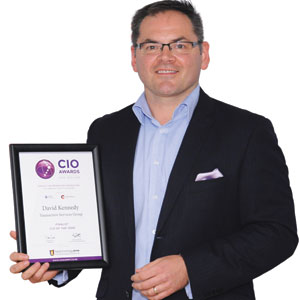THANK YOU FOR SUBSCRIBING
Editor's Pick (1 - 4 of 8)

Sarah Cooper, COO, M2Mi
As we shift focus from driving to more productive tasks, it becomes more palatable to commute farther and meet in person, this in turn encourages higher VMT
Weekly Brief
I agree We use cookies on this website to enhance your user experience. By clicking any link on this page you are giving your consent for us to set cookies. More info
Read Also
Advancing Retail through E-Commerce, Cloud and Cyber security
John Gaspar Antonio, CIO/Vice President for Information Technology & E-Commerce / Data Protection Officer, Metro Retail Stores Group
From Code To Impact: Leading Enterprise Ai With Purpose
Jingting Cher, Deputy Director, Data Science, Sp Group
Reimagining Pension Services Through Responsible Innovation
Maz Mirza, Chief Digital Officer, KWAP Malaysia
Maritime: Beyond Systems, Beyond Seas
Ron Fong, Cio, Station Satcom
Human-Centered Innovation in the GenAI Era
CJ Meadows, Head of Innovation-Asia, Executive Education Designer, Professor & Head of Mbaconsulting, S P Jain School Of Global Management
The Art and Science of Selling
Scott White, Senior Manager Sales and Marketing Operations, Airbus
Responsible Data Leadership in an AI-Driven World
Gemma Dias, Head of Data Governance, Tyro Payments
Driving Guest-Centric IT Innovation in Integrated Resorts
Ching Yip, Vice President of Information Technology, Hoiana Resort & Golf






















